WWII German Army Dagger- german ww2 dagger
$730.00
german ww2 dagger
Typically, the blade measures about 30 cm in length. Crafted from high-quality steel, the double-edged blade enhances its lethality. Many blades feature intricate engravings that reflect the owner’s rank or unit. These details not only showcase exceptional craftsmanship but also add historical significance to each piece.
Details
The hilt of the dagger is designed for comfort and functionality. Most grips are made from wood or a synthetic material, often featuring a textured surface for a secure hold. The crossguard, usually made from brass or aluminum, adds to the dagger’s aesthetic appeal while providing balance during use. This combination of design elements emphasizes the weapon’s role as both a tool and a symbol of authority.
Moreover, the scabbard is an essential aspect of the German WWII dagger. Typically constructed from metal, it often features a polished finish that complements the blade. Many scabbards include decorative elements, such as hanging rings, allowing the dagger to be worn proudly during formal occasions. These features highlight the dagger’s ceremonial importance alongside its practical use.
More info
Collectors highly value German WWII daggers for their historical context and unique designs. Each dagger tells a story of its time, reflecting the experiences of those who wielded it. As a result, these pieces are sought after in the militaria market. Authenticity is crucial, so collectors must verify the dagger’s provenance and condition before making a purchase.
Proper care and display are vital for preserving the dagger’s condition. Using a climate-controlled display case protects it from humidity and dust. Regular cleaning with a soft cloth helps maintain its appearance without damaging the materials.
The German WWII dagger is more than just an artifact; it represents a complex era in military history. Its design and craftsmanship make it a fascinating subject for collectors and historians alike.
Core details
Whether displayed in a collection or studied for its historical significance, this dagger remains a captivating piece of the past. It continues to resonate with those interested in the stories of courage, conflict, and identity that shaped the world during WWII.
The allure of the Heer dagger endures, making it a prized possession for enthusiasts everywhere.
The German armed forces prioritized the appearance of their soldiers, aiming to foster pride in unit affiliation. To achieve this, the general command developed distinctive items for each branch of service, among which is the German Army Officer’s dagger.
These daggers are celebrated for their high-quality construction and aesthetic appeal, making them highly sought-after military collectibles. No other army has produced as many variations and intricate designs in daggers as the German armed forces of the Third Reich.
Officers in the German army commonly used a dress dagger, which served not only as a functional weapon but also as a symbol of rank and distinction.
Be the first to review “WWII German Army Dagger- german ww2 dagger” Cancel reply
Related products
WW II UNIFORM AND BADGES
WW II RIFLES
WW II UNIFORM AND BADGES
WW II UNIFORM AND BADGES
WW II UNIFORM AND BADGES
WW II UNIFORM AND BADGES
WW II UNIFORM AND BADGES
WW II DAGGERS






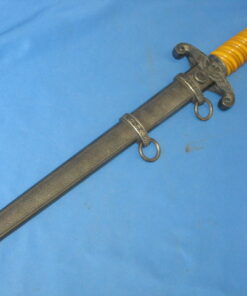




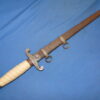
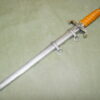

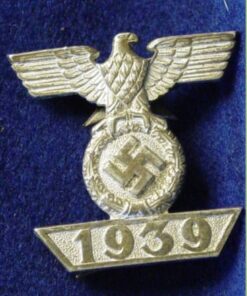



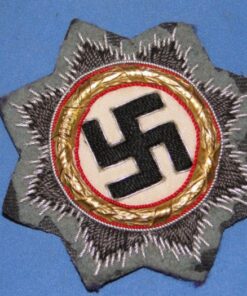

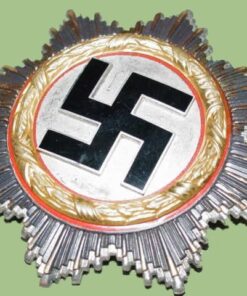

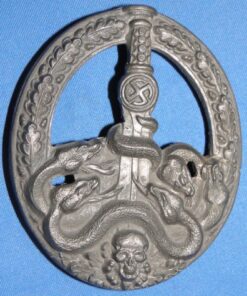

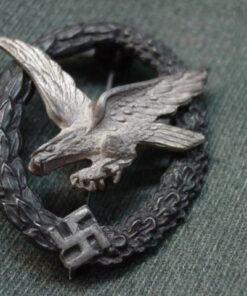

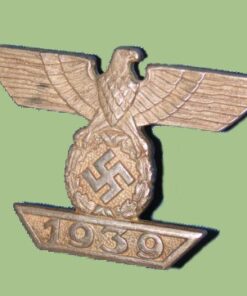

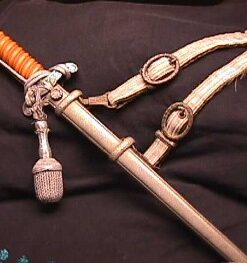
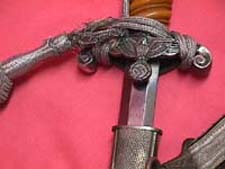
Reviews
There are no reviews yet.